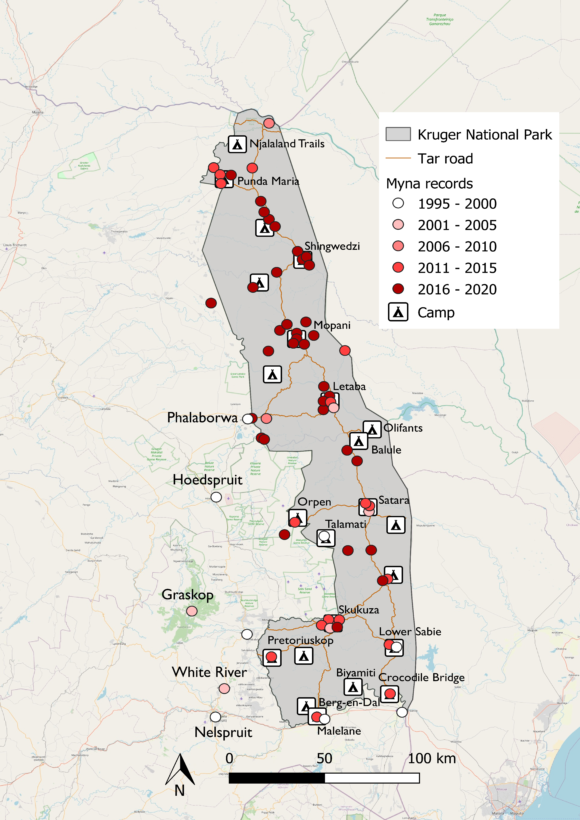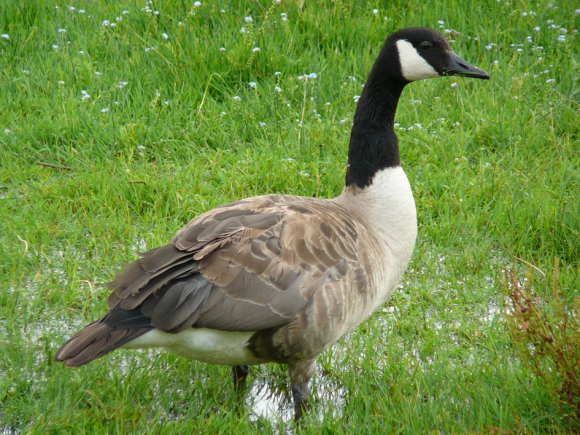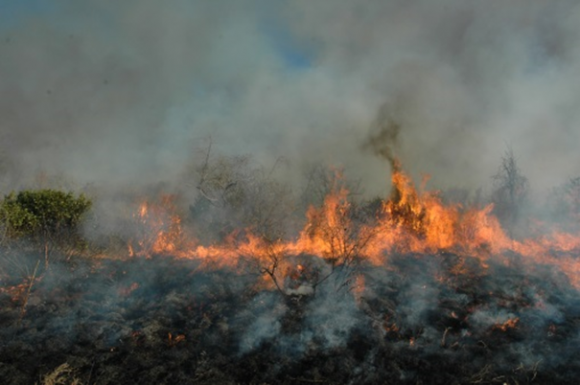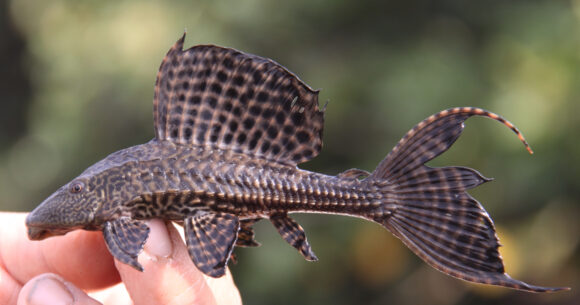15 August 2022 | By Llewellyn Foxcroft
Common mynas (Acridotheres tristis) are generally synanthropic birds, however, over the last 20 years they have rapidly invaded Kruger National Park (KNP).
This led Klára Pyšková (PhD student, Charles University in Prague), Prof. Petr Pyšek (Czech Academy of Sciences and C·I·B Research Associate) and Prof. Llewellyn Foxcroft (Kruger National Park and C·I·B Core Team Member), to examine the rates of invasion, and whether the birds were becoming permanent residents. These results might provide insight into possible future scenarios of this species’ invasion.
Common mynas, passerine birds native to south-east Asia, are a familiar sight in South Africa and many places around the world, where they generally prefer urban areas. In KNP, a protected area covering 2 million ha and with a human footprint of less than 1% of its area, the likelihood of invasion from the populations surrounding the park was long considered negligible, and even then, restricted to staff or tourist infrastructure. This initially appeared to be the case as only eight sightings, totalling 14 birds, had been recorded by 2010. However, by 2020 more than 60 unique observations, i.e. those that were made in a given location within KNP for the first time, had been reported, and the number has reached nearly 300 common mynas in total. Of concern though is the fact that a quarter of the birds were nesting or feeding in natural areas. For example, some observations showed the common mynas’ ability to utilize a variety of food sources, such as feeding on insects disturbed alongside grazing buffalo and impala, and also foraging together with cattle egrets (Bubulcus ibis) in-between grazing zebra.
“With the lag phase of only a decade and significant increase thereafter, the question is whether there is still enough time to prevent a large-scale invasion across the park. Moreover, the apparent ease with which common mynas appear to adapt to the KNP’s habitat, suggests that these trends will continue if not managed,” says Klára Pyšková. However, with the large number of populations on the KNPs >400 km western and southern boundary any response is likely to be complex.
“The invasion of common myna into KNP appears to be quite unique, and to me personally somewhat unexpected”, adds Llewellyn Foxcroft,” and their ability to survive in natural areas suggests active management is needed.”
Read the paper in Biological Invasions
Pyšková, K., Pyšek, P. and Foxcroft, L.C. 2022. Introduction and invasion of common myna (Acridotheres tristis) in Kruger National Park, South Africa: still time for action? Biological Invasions. https://doi.org/10.1007/s10530-022-02790-x
For more information, contact Llewellyn Foxcroft at llewellyn.foxcroft@sanparks.org
Further media
Interview with Llewellyn Foxcroft on CapeTalk: https://omny.fm/shows/the-john-maytham-show/encroaching-indian-mynahs-ruffle-feathers-in-kruge
Online article in Daily Maverick: https://www.dailymaverick.co.za/article/2022-07-26-encroaching-indian-mynahs-ruffle-feathers-in-kruger-park/
Online article in The Times: https://www.thetimes.co.uk/article/kruger-national-park-has-a-major-myna-problem-trqgsg268




